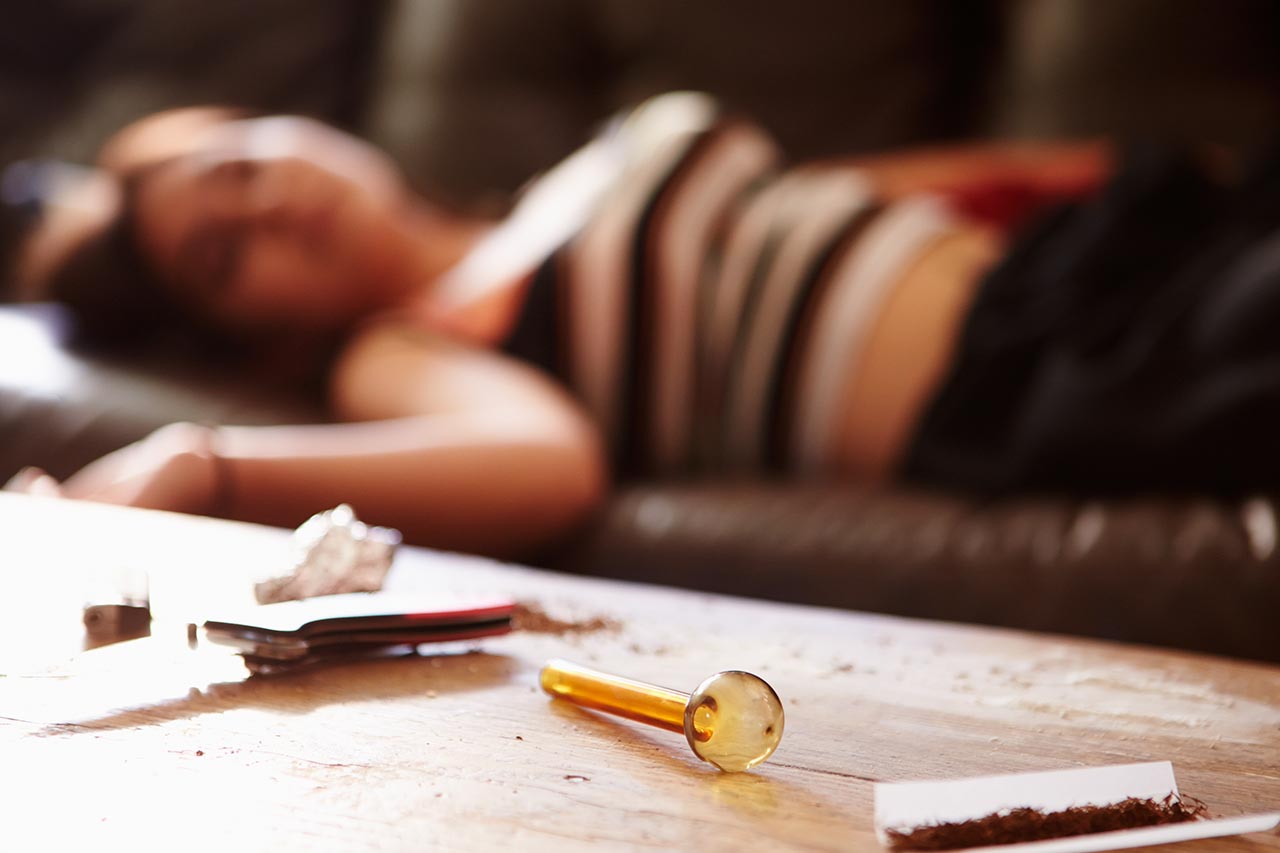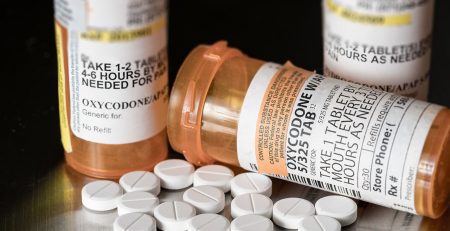Crack cocaine, simply known as just crack, is a free base form of cocaine. Crack usually looks like rocks in white or pale colors and is normally smoked. Due to the texture and appearance, the street names given to crack are “gravel,” “rock,” or “bone.” Crack cocaine is more potent and also less expensive than normal cocaine, making it dangerous. Like many other illicit drugs, smoking crack affects your body and mind in several different ways, including both in the long and short run. As a highly addictive substance, many regular crack users need standard or luxury cocaine addiction treatment to finally quit abusing this drug even after experiencing the many negative side effects that come with addiction.
The Short-Term Effects of Smoking Crack
Crack Cocaine grants a euphoric sensation throughout the mind and body, but many people will form an addiction to the drug or experience terrible side effects of smoking crack, even after only one use. The adverse effects are determined by the dosage amount, the interaction with other medications, and a person’s medical history. For most people, the intense feeling from a “crack high” can take over the body in a matter of seconds but can last less than half an hour. However, the high potency causes withdrawals to be intense and cause serious negative effects on an individual.
While everyone will have a different level of experience, the short-term effects of smoking crack can include:
- Euphoric feeling
- Increased heart rate
- Dilated pupils
- Increased body temperature
- Loss of appetite
- Increased energy and alertness
- Possible anxiety
- Headaches
- Nausea
- Restlessness
- Sleep problems
The Long-Term Effects of Smoking Crack
Crack is addictive, and people who take this drug for its initial euphoric effects tend to quickly become dependent on it. Unfortunately, with repeated use, the health effects of smoking crack can become severe. How damaging crack is and what it will do to a person’s mind and body is dependent on the severity of the addiction and also numerous factors like the purity of the crack.
Some possible long-term effects of smoking crack include:
- Heart problems
- Lung damage and respiratory problems
- Reproductive problems
- Damage to kidneys and liver
- Potential stroke
- Paranoia and anxiety
- Psychosis
- Depression
- Insomnia
- Extreme weight loss
- Crack cravings
- Cognitive deficits
- Dependence and addiction
There are many reasons why people should not try crack in the first place. Reasons include overdosing from the constant injection of toxic chemicals that are used to process cocaine. Plus, after using the drug, users will experience the total opposite effect of the temporary euphoria feeling referred to as “crashing.” This stage causes severe depression and aggression as a storm of activity within the brain, and the central nervous system takes over the mind and body. In addition, paranoia and other psychosis effects can cause severe physical impairment and mental instabilities. Therefore, it is in your best interest and those who care for you not to try crack, avoiding a potential addiction problem.
Luxury Treatment Center in Palm Beach
Even though users may start to notice some unhealthy effects of smoking crack cocaine, they often cannot help themselves. Those who find themselves smoking crack regularly should immediately seek out professional help like at our Florida high-end drug rehab center to keep their health from declining further.
Stop letting drugs and alcohol ruin your health and your life. Our programs at Seaside Palm Beach are designed to help you or a loved one get sober and regain control. To learn more or to get started, call us now at 561-677-9374.
Related Reading:
Benzos and Opiates: Which is More Addictive?
Sources:













